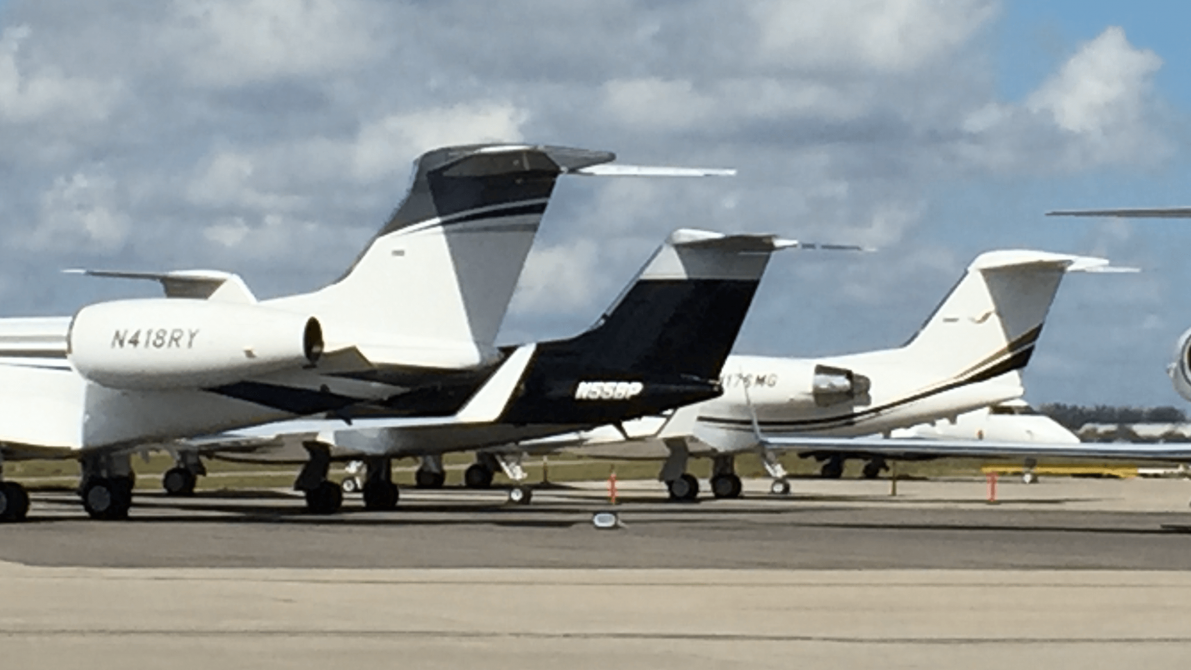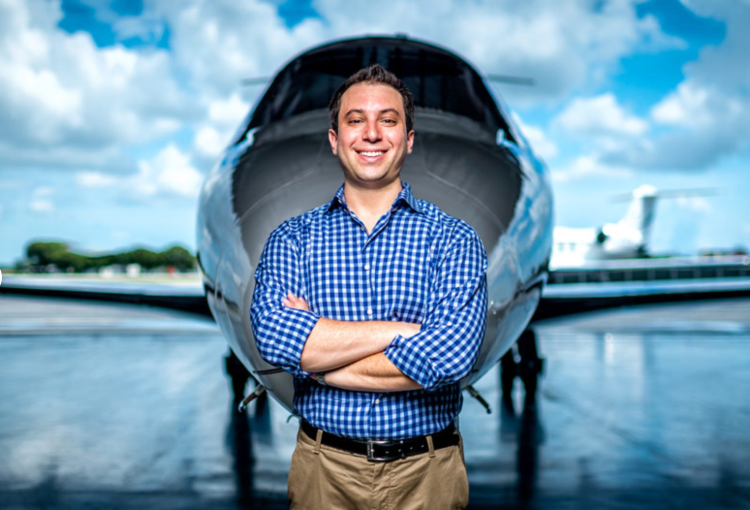

As I was researching my recent story on everything you need to know about FAR Part 135 private jet charter operations, Andrew Flaxman was one of several people who helped me out.
During our conversation, he brought up something that hadn’t occurred to me, hopefully, you already know about, but if you don’t, I think you will find of interest.
It could be costing you time and money every flight you make where the most direct routing would take you more than 50 nautical miles beyond the coastline.
Andrew is a former commercial airline and business aviation pilot and is founder and director of operations for ExpertJet, a boutique jet card and on-demand charter broker he launched five years ago after kidney stones had temporarily grounded him. Below is his guest column. Truly a “must-read” for private aviation users.
By Andrew Flaxman
No two trips are identical in charter aviation. The routing, weather, and aircraft may greatly vary on a frequented route. Therefore, understanding each’s limitations can mean the difference between a seamless experience, or unexpected costs and delays.
When flying across the Atlantic or a jaunt to the Caribbean, it’s a reasonable expectation that the appropriate over water safety gear is on board for an emergency.
What about transcontinental flights, or simple domestic trips that traverse the Gulf of Mexico?
The Federal Aviation Administration sets forth guidelines for all Part 135 charter operations during “extended overwater operations.”
Part 135.167 of the Code of Federal Regulations (CFR) states that flights extending beyond 50 nautical miles from land must carry, life jackets and raft suitable for the capacity of the aircraft, as well as an emergency locator transmitter (ELT).
However, should a flight plan or daily operations not require over water safety equipment, it’s quite possible that your aircraft will not have these items on board.
It’s also important to note that a common location for the life raft on turboprop through midsize jets, is on a cabin or lavatory seat. On trips where all available seats are needed, take caution that this may necessitate the removal of the life raft, therefore limiting overwater abilities.
This can create a myriad of problems, from increased time and costs, to preventing an aircraft from flying altogether. Common examples where one should verify overwater equipped status are, flying between the Northeastern U.S. and Florida, crossing between Florida and Texas, or any island flying.
A typical two-and-a-half-hour trip between Miami and New York, may turn into a three-hour trip, as your aircraft would be required to stay closer to land
Andrew Flaxman, director of operations, ExpertJet
Should the operator you book not have an aircraft equipped for overwater operations, a typical two-and-a-half-hour trip between Miami and New York, may turn into a three-hour trip, as your aircraft would be required to stay closer to land.
Even if the trip isn’t planned for over water, weather avoidance can become a problem if an aircraft cannot deviate beyond the range of land. This may create a need to divert for additional fuel.
If you are buying a jet card with fixed hourly rates, make sure your provider will guarantee aircraft that can fly your mission with the most direct routing, or at least understand what you will be getting.
When talking to a potential jet card provider that uses estimated flight time to calculate your price, make sure the times they use on your frequent overwater flights correlate to the most direct routing.
If they use actual flight time, make sure the aircraft they will be providing you are equipped for overwater flights so you won’t have to hug the coast.
A jet card giving you a contracted $6,000 per hour rate may have sounded attractive. Having to stay near land for your dozen weekend jaunts between Teterboro and Palm Beach will not only cost you half a day of your life but will also drain $72,000 more than you might have expected from your account.
For long-haul aircraft like the Gulfstream GV, Global Express, and so forth, maximizing non-stop range is crucial to their usefulness, as well as ensuring the best return on your investment.
Therefore, the FAA may certify the jet and its operator for Extended Twin Engine Operations (ETOPS). The aforementioned safety gear is still required, but this certification allows the jet to fly 180 minutes from the nearest suitable landing point.
As a result, aircraft are able to fly less circuitous transoceanic routes, while ensuring the ability to safely make it to land should it lose an engine.
Lack of ETOPS certification for the operator or the aircraft (both boxes need to be checked) greatly hinders the performance of these premium charter aircraft.
This ultimately costs more time in the air, and often times a fuel stop, where one wouldn’t have been needed otherwise. Commo examples of ETOPS operations are from New York to Europe, and Los Angeles to Asia.
Whether booking a King Air, or a brand new G650, or buying a jet card with fixed hourly rates, always confirm with your charter representative that your preferred aircraft has the authority as well as equipment to handle your trip safely, and efficiently.
Find out why you should become a paid subscriber to Private Jet Card Comparisons here.
